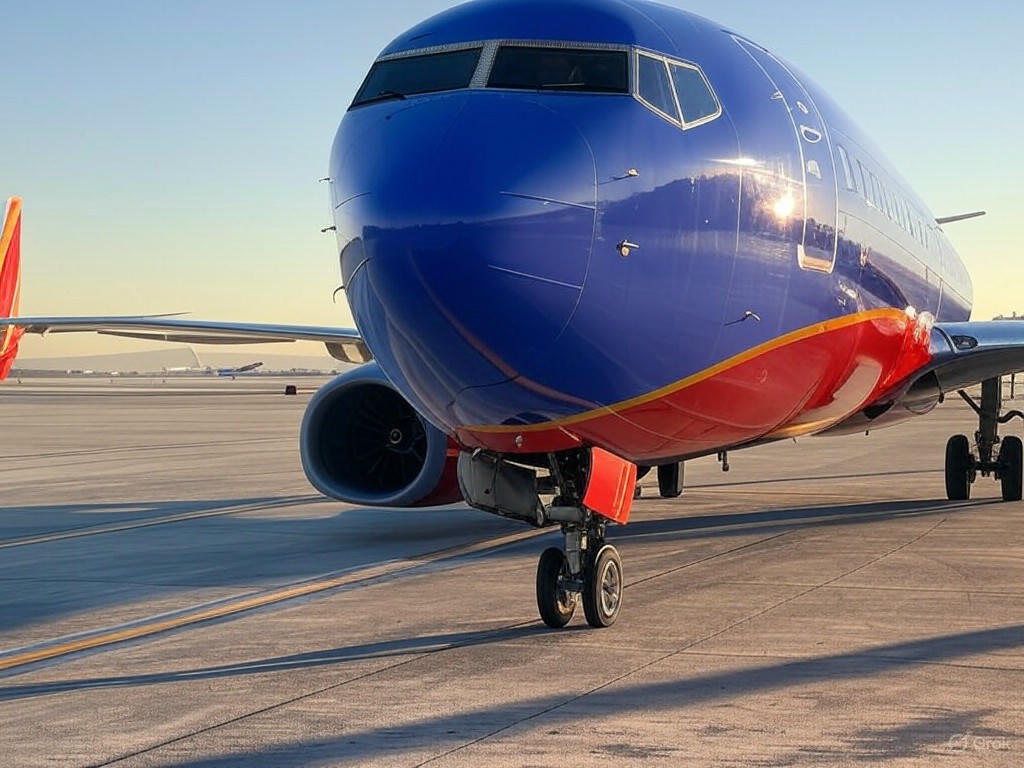Southwest Airlines Boosts Safety with Cutting-Edge Cockpit Alerts in 800 Aircraft
In a significant stride toward enhancing aviation safety, Southwest Airlines has rolled out an advanced cockpit alert system across nearly its entire fleet of approximately 800 aircraft. This move comes as part of the airline’s ongoing commitment to passenger and crew safety, ensuring that every flight operates with the highest standards of precision and care. The new technology, developed in collaboration with a leading aerospace innovator, is designed to provide pilots with real-time warnings about potential errors during critical phases of flight, such as takeoffs and landings.
The innovative system delivers both audible and visual notifications to pilots, alerting them to potential risks like approaching a runway at an unsafe speed or inadvertently lining up for the wrong runway. Such mistakes, though rare, can have catastrophic consequences if not addressed promptly. By integrating these alerts, Southwest aims to add an extra layer of protection, minimizing human error in high-pressure situations. This technology acts as a virtual co-pilot, offering immediate feedback to ensure that pilots can make swift corrections before a situation escalates.
Southwest’s decision to implement this system fleet-wide demonstrates its proactive approach to safety in an industry where precision is paramount. The airline, known for its extensive domestic network and customer-friendly policies, operates thousands of flights daily, making the adoption of such technology a game-changer for both operational efficiency and passenger trust. Industry experts have praised the initiative, noting that while aviation remains one of the safest modes of transportation, continuous improvements like these are vital to maintaining public confidence. The system’s ability to provide instant feedback could set a new benchmark for other carriers, potentially inspiring a broader industry shift toward similar safety enhancements.
Moreover, the timing of this rollout is noteworthy. As air travel continues to rebound post-pandemic, with packed schedules and busy airports, the risk of operational errors can increase due to heightened traffic and pilot workload. Southwest’s investment in this cutting-edge tool reflects an understanding of these challenges and a determination to stay ahead of the curve. Pilots have reportedly welcomed the addition, appreciating the extra support during complex maneuvers, especially at unfamiliar or high-traffic airports.
Looking ahead, Southwest’s adoption of this technology could pave the way for further innovations in cockpit safety. As the aviation sector evolves with advancements in automation and data analytics, airlines are increasingly turning to tech-driven solutions to address safety concerns. For passengers, this development offers reassurance that their chosen carrier is prioritizing their well-being with state-of-the-art systems. Southwest’s bold step not only reinforces its reputation as a leader in the industry but also underscores a broader truth: in aviation, there is no room for complacency. With nearly 800 planes now equipped with this life-saving technology, the airline is sending a clear message—safety is, and always will be, its top priority.


